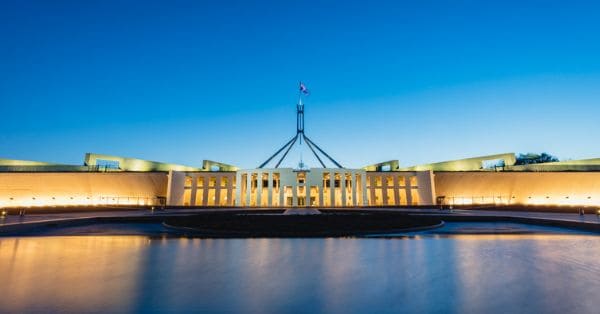As we become more aware of the impact of climate change and the depletion of non-renewable resources, renewable energy policies have become increasingly important. It’s great to see that government policies can play a crucial role in driving the growth of the solar photovoltaic (PV) industry, but it’s important to remember that not all policies are created equal.
Positive policies that incentivize the use of renewable energy sources have been instrumental in driving the growth of the solar PV industry. The Renewable Energy Target (RET) in Australia is a great example of such a policy, as it has been driving the adoption of solar PV systems across the country since its introduction in 2001. The feed-in tariff (FiT) has also been successful in increasing the adoption of solar PV systems by providing incentives for households and businesses to install them.
On the other hand, negative policies that hinder the growth of the solar PV industry can limit its potential. Reductions in subsidies for solar PV systems can make them less financially viable for households and businesses. Policies that prioritize non-renewable energy sources over renewable sources, such as coal or gas, can also limit the growth of the solar PV industry.
It’s important to note that businesses in the solar PV industry rely on the growth of the industry to drive their operations. Therefore, government policies that incentivize the use of solar PV systems or increase the demand for renewable energy sources can have a positive impact on their business. Conversely, policies that hinder the growth of the solar PV industry can limit their business opportunities.
Let’s take a closer look at some of the recent policy updates that have affected the growth of the solar PV industry in Australia. The increase in the Small-scale Technology Certificate (STC) target from 2021 to 2030 is a significant update that provides more certainty for the solar PV industry. This policy update could result in increased investment and demand for solar PV systems, which is great news for businesses in the industry.
Another significant policy update is the introduction of the National Energy Guarantee (NEG), which aims to ensure reliable and affordable energy while reducing carbon emissions. This policy includes a target for the electricity sector to reduce emissions by 26% by 2030. While the NEG has faced some criticism, it could provide a stable regulatory environment for the solar PV industry to grow.
At the state level, there have also been policy updates that affect the solar PV industry. For instance, the Solar Homes Program in Victoria provides rebates for households to install solar PV systems, while the Home Battery Scheme in South Australia provides subsidies for households to install battery storage systems. These programs have been successful in increasing the adoption of solar PV systems and reducing electricity costs for households.
However, not all policy updates are positive for the solar PV industry. Reductions in the FiT in some states, such as New South Wales, may limit the growth of the solar PV industry. It’s crucial for businesses in the industry to stay up-to-date on these policy updates to adapt their strategies accordingly and remain successful in the renewable energy industry.
In conclusion, government policies have a significant impact on the growth of the solar PV industry in Australia. While recent policy updates such as the increase in the STC target and the introduction of the NEG could provide opportunities for the industry to grow, policy updates such as the reduction of the FiT in some states may limit the industry’s growth. It’s important for businesses in the solar PV industry to stay informed and adapt to these policy changes to remain successful in the renewable energy industry.
Sources:
Australian Government Department of the Environment and Energy – Renewable Energy Target: https://www.environment.gov.au/climate-change/renewable-energy-target
Clean Energy Council – Feed-in tariffs: https://www.cleanenergycouncil.org.au/consumers/buying-solar/government-programs
Australian Government Department of the Environment and Energy – Small-scale technology certificates: https://www.cleanenergyregulator.gov.au/RET/Scheme-participants-and-industry/Agents-and-installers/Small-scale-technology-certificates
Australian Government Department of the Environment and Energy – National Energy Guarantee: https://policy.asiapacificenergy.org/node/3480#:~:text=The%20Guarantee%20is%20designed%20to,of%20meeting%20Australia’s%20emissions%20targets.
Victorian Government – Solar Homes Program: https://www.solar.vic.gov.au/solar-homes-program
South Australian Government – Home Battery Scheme: https://www.energymining.sa.gov.au/consumers/solar-and-batteries/hbs-closure
New South Wales Government – Solar feed-in tariffs: https://www.ipart.nsw.gov.au/Home/Industries/Energy/Retail-prices/Solar-Energy#:~:text=IPART’s%20feed%20in%20tariff%20guide,in%20line%20with%20our%20guide

